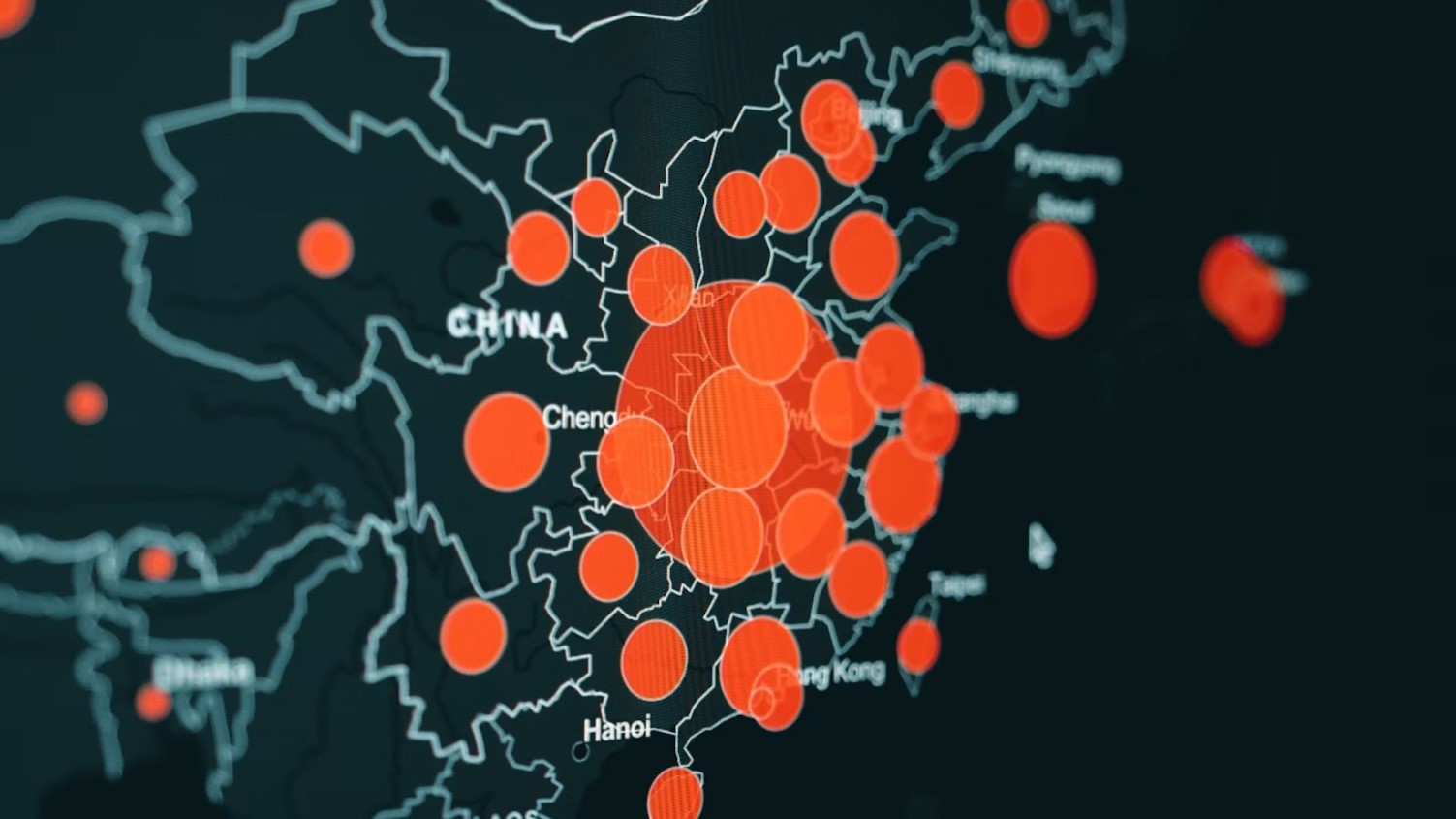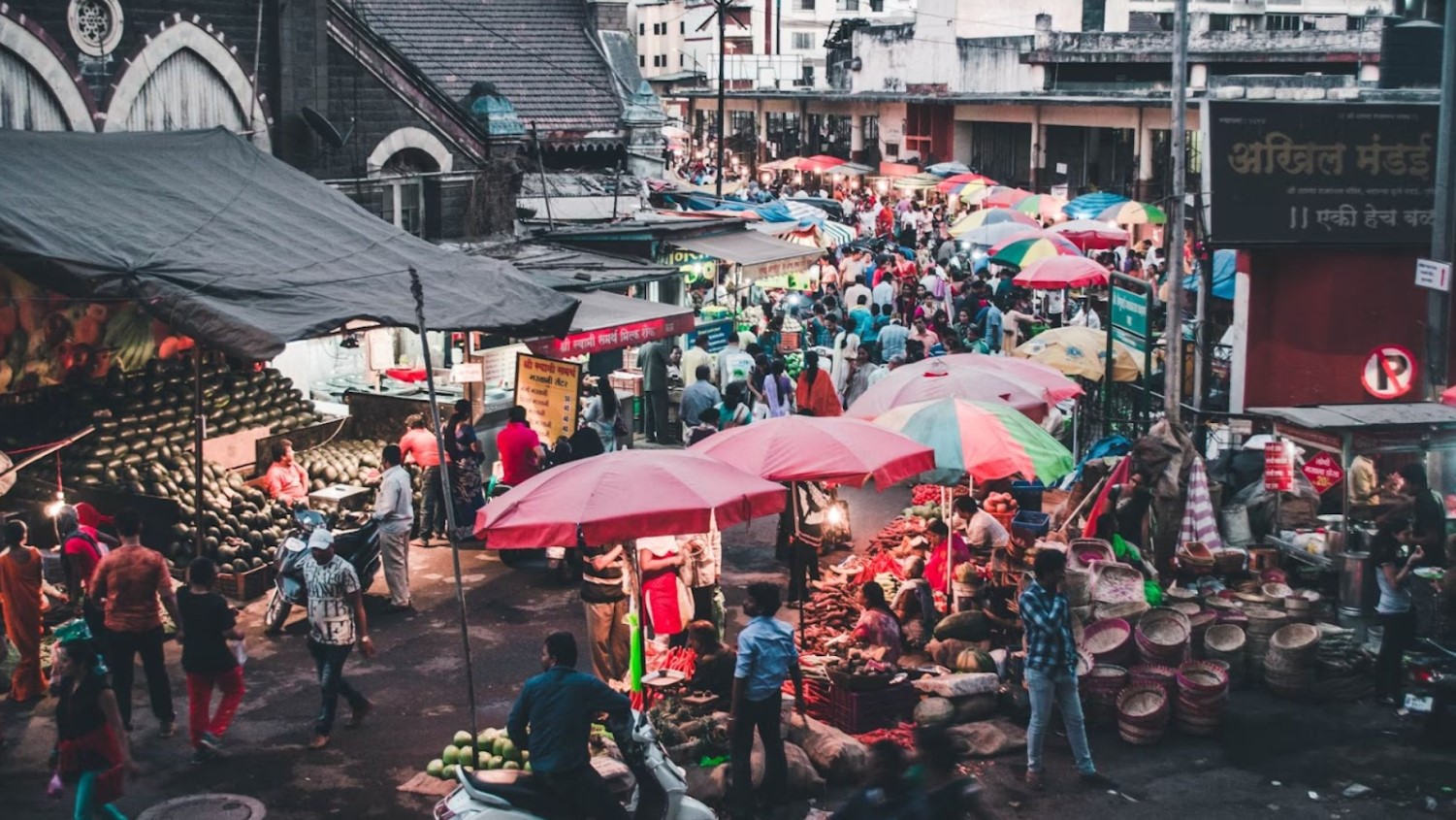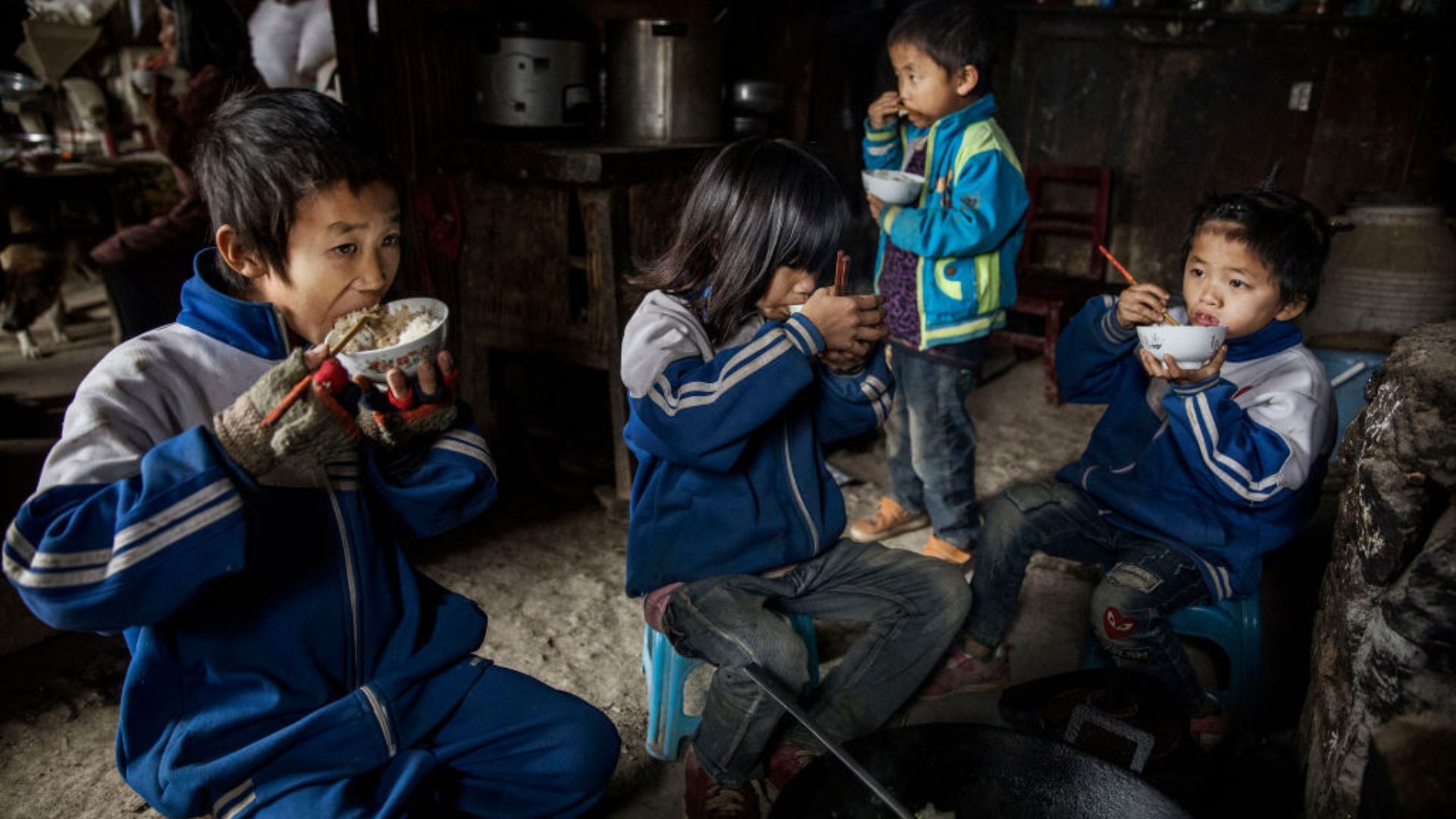China is still well-known for its vast population size. We have all heard there are more English speakers in China than in the U.S. or U.K., or that if the population walked past you in a line, that line would never end.
But that narrative could be changing, as China has had a population problem for a while, and now it’s on the brink of becoming irreversible.
A Ticking Time Bomb

China is on the cusp of going from a population problem to a population crisis. For the second year in a row, the country’s population has shrunk.
Last year’s population decrease was even sharper than that of 2022. Much worse than a blip in the timeline, the Chinese population is predicted to decrease even further into the future as well.
China Is No Longer the Most Populous Country

China is seeing staggering drops in the population. The number of people in the country dropped by 2.08 million in 2023, according to its National Bureau of Statistics.
Its population wasn’t far off that of India, dropping to 1.41 billion as opposed to India’s 1.43 billion. The Middle Kingdom is firmly no longer the most populated country in the world.
The Population Is Reaching Historic Lows

While 1.41 billion is an incomprehensibly large number for most of us to conceptualize, it is a problem for China.
The latest drop in population is even sharper than the previous year’s decline of 850,000. 2022 was the first time since 1961 that the population figures had fallen, let alone this dramatically. However, this was not exactly a surprise for everyone.
How Grave Is the Situation?

If China’s birth rate continues shrinking at its current rate, the population will simply plummet exponentially.
The latest United Nations report suggests that the Chinese population could slip from 1.4 billion to 1.3 billion. By 2100, the number could drop to a mere 770 million. In the long term, this decline in population could leave China severely lacking in working young adults.
The Pandemic Has Taken Its Toll on China’s Population

While stringent lockdown policies may feel like a thing of the past, the effect of the COVID-19 pandemic is still very much alive in China.
Observers have attributed China’s latest drop in population to a string of deaths due to the pandemic in early 2023. This happened after the Chinese government abruptly lifted its strict zero-COVID regime.
People Are Having Less Children

To demographers, this is not in any way unexpected. There are several factors that have contributed to the declining numbers.
China’s fertility rate has been in steady decline since the ’90s and is currently among the world’s lowest, along with South Korea and Puerto Rico. China’s fertility rate fell to a record 1.09 in 2022. This means that on average, we are not even looking at two births per woman in China.
Past Policies Play a Role in the Shrinking Population

This impending demographic crisis didn’t appear out of thin air. China’s previous policies have directly contributed toward the current situation.
Most famously, the one-child policy was in place for 35 years before coming to an end in 2015. According to an official news agency, Xinhua, the policy was “intended to balance population development and address the challenge of an aging population.” Unfortunately, the policy may have exacerbated this exact problem.
Population Policy Has U-Turned

The Chinese government backpedaled on their one-child policy as the birth rate started to stagnate.
In 2015, a sharp fall in the birth rate prompted the introduction of two-child families. In 2021, a three-child policy was brought in as the population did not grow as quickly as expected. Despite the government’s push for bigger families, the population has steadily dropped.
The Aging Population Problem

Why is the shrinking population such a huge problem? The issue is twofold. An aging population without enough young people will leave a lot of elderly people with no one to care for them.
More gravely, without young tax-paying workers paying into the system, what will happen to pensions? The Chinese Academy of Sciences has predicted that their pension system will run out of money by 2035.
The Number of Pensioners Will Skyrocket

Chinese officials are worried about this “demographic timebomb” and the impact it could have on the economy. The rising costs of social care and financial support for the elderly are not being met by working taxpayers.
By 2035, the number of people in China over the national retirement age of 60 years old will have increased from around 280 million to 400 million.
Pensioners Are Already Suffering

The government are worried about their state pension pot running out of money in 2035, but the issue is affecting people now.
The BBC reported that a 72-year-old farmer named Huanchun Cao and his wife are already left without a pension. With shrinking government benefits, Cao and his wife are unable to retire and have to keep earning into their old age to make ends meet.
Some Parts of China Are Feeling the Effects

Mr. Cao relies on the care of their children, as the social safety net in their province of Liaoning, a former industrial heartland, cannot support them. Cao says he can only live like this for “another four or five years.”
His situation is like that of many rural and migrant workers in China. The elderly population that has left the workforce is equal to the U.S. population as a whole, but their children are moving to bigger cities for work, leaving them with no one to care for them.
Chinese People Are Finding Solutions

Some are looking to protect their financial future while they still have time. When her husband was is an accident and her daughter’s tuition drained her savings, Guohui Tang became self-sufficient.
Tang set up a care home with her own crops, pigs and geese for food. To avoid depending on her daughter, she has decided to pay her pension every month, “even if it means I cannot afford to eat or drink.”
Economic Policies Are Not Helping Young Families

The Chinese government has introduced several policies to encourage people to have more children. However, these policies have not counteracted high living costs and poor support for working women.
“The public’s expectation is still not being met,” said He Dan, director of China Population and Development Research Center. Some hope there will be a baby boom this year so that their children are born in the year of the dragon.
Could Dragon Babies Solve the Crisis?

In the Chinese zodiac, it is believed those born under the Year of the Dragon are thought to be auspicious and destined for success.
In the past, dragon years have seen significant spikes in the number of births in countries like China, Taiwan, Hong Kong and Singapore. A midwife in Taipei recalled in 2012, the last dragon year, the baby boom forced many women to give birth in hospital hallways.
Doctors Are Pushing for Dragon Babies

The Year of the Dragon usually gives the Chinese population a boost. Couples in China tend to opt for IVF or schedule caesarean deliveries to make sure their children are born in the Year of the Dragon.
Classroom sizes surge for dragon babies. Healthcare professionals and state officials both encourage the population to “add a little dragon” to the family across the countries that observe the lunar calendar.
Sons and Daughters Have to Foot the Bill

The lack of social infrastructure to support pensioners leaves them dependent on their children to survive.
Tang pointed to an 85-year-old man at her care home and said: “He doesn’t have a pension, he’s relying entirely on his son and daughter. His son pays one month, his daughter pays the next month, but they need to live too.” Middle-aged people are caught between supporting their parents and their children.
China Is Not the Only One

Several East Asian countries have some of the lowest fertility rates in the world. Economic growth and improved living conditions have improved child mortality rates. Since more children are expected to live into adulthood, couples are having fewer children.
Furthermore, economic growth, educational opportunities for women and long working hours for both men and women (many jobs will expect employees to work from 9am to 9pm six days a week) leave couples with less time to dedicate to child rearing.
Some Countries Are More Equipped Than Others

Other countries are facing an aging population, but China is not rich enough to cushion the impact.
Japan was already a wealthy, developed nation by the time they had the largest aging population in the world. In China, it is predicted there will be one retiree for every 1.6 workers compared to Japan’s one retiree for every 1.3, but many Chinese people will have to make their way without a pension.
Policymakers Might Be Able to Bypass the Population Problem

Despite the pressing concerns around China’s demography, some are hopeful that savvy policymaking over the next few decades will bypass the need for more children.
“If China can shift to innovation-driven development, its economic rise will not be disrupted and its global influence will continue to grow despite an aging and declining population,” said Dr Zhao Litao, a senior research fellow with the East Asian Institute at the Nation University of Singapore.
Incentives to Have Children

To solve the demographic crisis, one Chinese province has a new policy that allows unmarried people to register the births of an unlimited number of children.
In the Sichuan province of 84 million people, unmarried parents are entitled to the same benefits as married couples for having children. According to Professor Wang Feng, “This is the first time in 40 years that a province has lifted a birth quota.”
The Cost of Childcare Is Still Unequal

This new policy might incentivize unmarried couples and single parents to have more children, but those children will not be able to sign up to hukou, which grants access to healthcare and education.
This will do little to combat the high cost of childcare. Sociology professor, Feinian Chen, said: “Because it will do little to alleviate the economic and social burdens single face, it is unlikely to incentivize an increase in births.”
Childcare Costs Need to Change

A report released from a think tank said that China is one of the most expensive places in the world to raise a child.
The report found that the average cost of raising a child to 18 is $76,293. While the Chinese government rolls out incentives and pronatalist policies, as long as they do not address how expensive it is to raise a child, the population crisis will continue.
